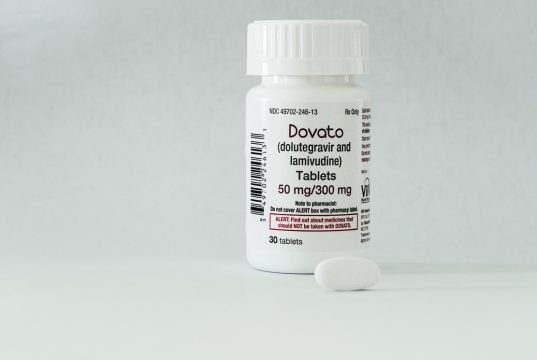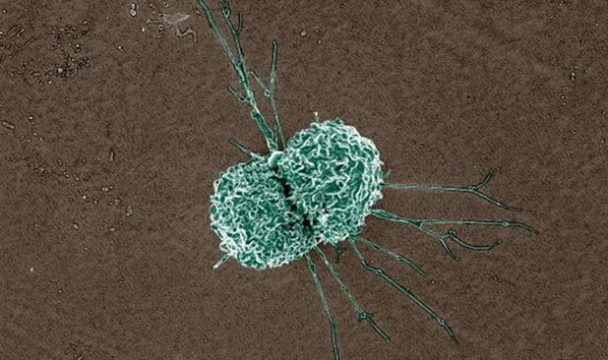Advertisment
BTS Report 2014: Hypercoagulability in potential pancreas transplant recipients – the value of thromboelastography

Maria Dalby reporting on the Oral Presentation by Mari Kilner, Freeman Hospital, Newcastle upon Tyne- Thromboelastography is a method of testing the efficiency of coagulation which measures not only coagulation factor function, but also takes into account platelet function, clot strength, and fibrinolysis which cannot be done with standard prothrombin or thromboplastin time assays. A team of researchers at the transplant centre at Freeman Hospital in Newcastle upon Tyne found that thromboelastography (TEG) could identify hypercoagulability in diabetic patients who were being assessed for pancreatic transplantation, despite having been found to have normal basic coagulation. The results of their study were presented by haematology registrar Mari Kilner.
Graft thrombosis in patients who have undergone pancreas transplantation can have devastating consequences – it is the most common cause of early graft loss in this patient group. Diabetes patients are at increased risk due to the prothrombotic nature of their underlying illness; however, they are also at increased risk of pre- and post-operative bleeding for the same reason, and protocols have therefore had to be developed for individualised anticoagulation to balance the risk of bleeding versus the risk of developing a clot. TEG is used routinely for assessing pancreatic transplant recipients at the Freeman Hospital centre to define coagulation status prior to transplantation and guide anticoagulation therapy. It uses whole blood and allows for assessment of global haemostasis, including clot dynamics, stability and breakdown, that is, both the rate and strength of clot formation.
The study by Dr Kilner and colleagues included 10 diabetic patients, nine of whom were undergoing simultaneous kidney and pancreas transplantation and one was undergoing pancreas transplantation alone. In addition, blood samples were collected from 29 healthy volunteers as controls. In addition to TEG, workup included a basic coagulation profile with prothrombin or thromboplastin time assays as well as derived fibrinogen and a full blood count.
The results of the analyses showed that every one of the 10 patients had at least one hypercoagulable TEG parameter. All patients had a normal basic coagulation screen with the exception of slightly raised fibrinogen levels in three cases. Three of the patients had hypercoagulable blood despite using aspirin as antiplatelet therapy. None of the patients had any hypocoagulable TEG parameters. When compared with the control group, diabetes patients were significantly more hypercoagulable on all TEG parameters, including reaction time (R time; p<0.0001), rate of clot formation (alpha angle; p<0.01), stability of the clot (K value; p<0.0001), and fibrinolysis (MA; p<0.01) (Table 1).
At the Freeman Hospital centre this protocol has included routine thromboelastography (TEG) since 2012. As a point-of-care and thus near-patient test, TEG is particularly useful in this setting. Dr Kilner and colleagues concluded that TEG is effective for determining thrombotic status in pancreas transplantation candidates and the results should be used for individualising antithrombotic therapy in the immediate post-transplant period.





